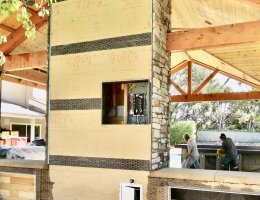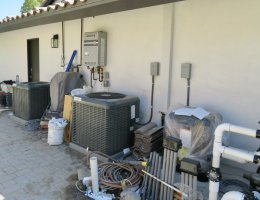All of those photos by ICE could have easily been installed correctly and compliant with NEC 110.26. The laziness to allow this to happen astounds me.
First of all you don't know what I let go....secondly, if I write every violation that I come across it marks me as rigid and over the top with corrections. If, in my opinion a FUSED disconnect is difficult to reach as well as lacking the letter of the law compliance with 110.26 it will be written up. But clearly that is not always the case.
And Jeff, you are the first person to tell me that I am lazy...
The code section states that the space shall be safe. Who but the inspector decides if the space is safe.
110.26 Spaces about electrical equipment.
Access and working space shall be provided and maintained about all electrical equipment to permit ready and safe operation and maintenance of such equipment.
In this picture that craptastic condenser could be legal if it stuck out no more than six inches from the face of the disconnect but ten inches is a violation. I wouldn't do this if it were mine but it seems picky to ding them for four inches.
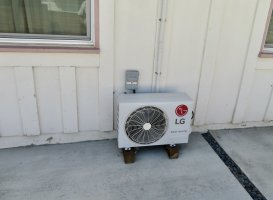
The next one almost complied with 110.26. Ah but it missed by two inches. Tell me this....how about if it missed by six inches.
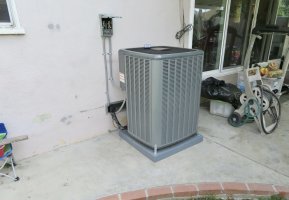
Is this so much worse?
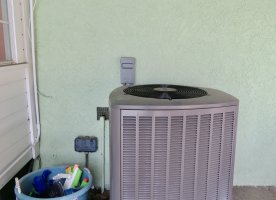
I could have just as easily written the next one up.
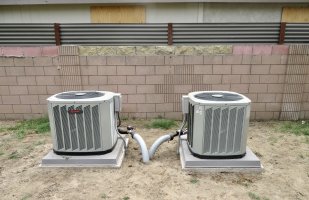
Last edited:

